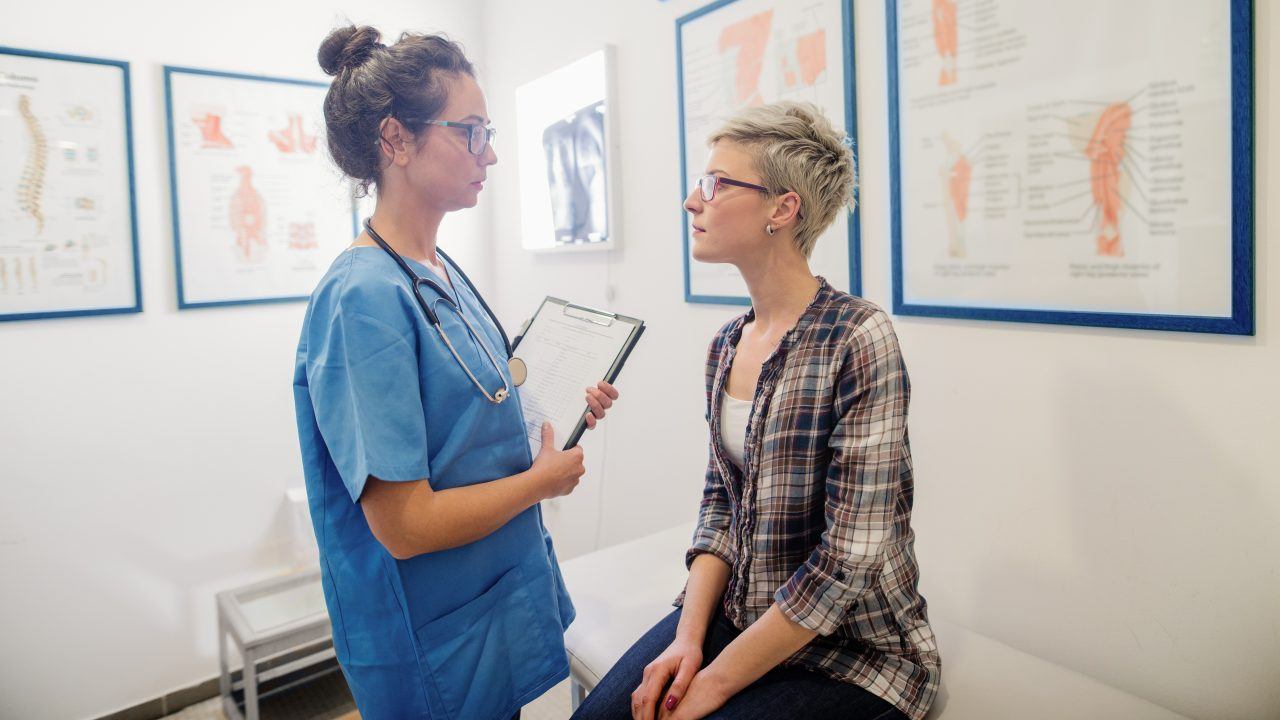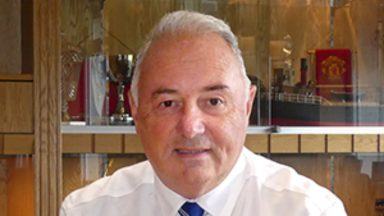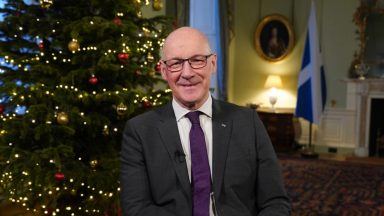A first-of-its-kind set of guidelines for the care of transgender people before and after general surgery has recommended gender-inclusive language and consideration of whether a patient should be accommodated in a single room rather than on a ward.
The guidance, created independently of the NHS, is said to have been put together amid a “dearth of knowledge and confidence amongst anaesthetists when caring for transgender and gender-diverse patients”.
Published in Anaesthesia – the journal of the Association of Anaesthetists – it was produced by a working group of experts including those from the Royal Infirmary of Edinburgh and the University of Cambridge, and sets out 15 recommendations.
It states there is “currently no existing guidance covering the scope and focus of this document”, and that it covers “the specific clinical care required for this cohort of patients when attending for either elective or emergency surgery or anaesthetic care”.
The recommendations include confirming and using a patient’s preferred name and pronouns, with a suggestion that digital pre-assessment questionnaires can allow the person to “privately and safely disclose both their sex at birth and gender”.
The guidelines advise that someone’s transgender identity “need only be shared with the patient’s consent and if it is deemed important for the safety of their care”, and should be given the same level of confidentiality as “any other sensitive personal information”.
Transgender and gender-diverse patients should be cared for in an environment that “respects their gender identity”, the guidelines state, adding that “in some circumstances, this may involve providing a single room”.
Proposed changes to the NHS Constitution under the previous Conservative government stressed the importance of biological sex, giving hospital patients in England the right to request to be treated on single-sex wards with transgender people placed in rooms on their own.
Current NHS guidance, issued in 2019, states that a trans patient should be accommodated in a ward aligned with their gender identity unless there is a proportionate and legitimate reason not to.
The anaesthetists’ guidelines also recommend “specific educational materials” for staff, to “increase awareness of issues impacting (transgender patients’) access to high-quality care”.
Gender-inclusive language “to honour all identities” should also be used, it states.
Co-author Dr Stuart Edwardson, from the Royal Infirmary of Edinburgh, said it “specifically does not recommend excluding or not using the terms male and female”, adding that “gender-inclusive language can be used in addition to these terms”.
The guidelines have been produced in the context that around half of transgender and gender-diverse people are currently undergoing some form of medical treatment for gender affirmation such as hormones or surgery, and and a further 25% are not but wish to.
Dr Edwardson said: “This guideline is the first of its kind in the area of peri-operative practice. It is significant because we know there is a dearth of knowledge and confidence amongst anaesthetists when caring for transgender and gender diverse patients.
“Importantly, it seeks not to answer any of the legal or societal questions surrounding transgender people at the moment, but instead wishes to add to an evidence to make sure their everyday healthcare is as safe and dignified as it can be.”
Follow STV News on WhatsApp
Scan the QR code on your mobile device for all the latest news from around the country


 Adobe Stock
Adobe Stock























